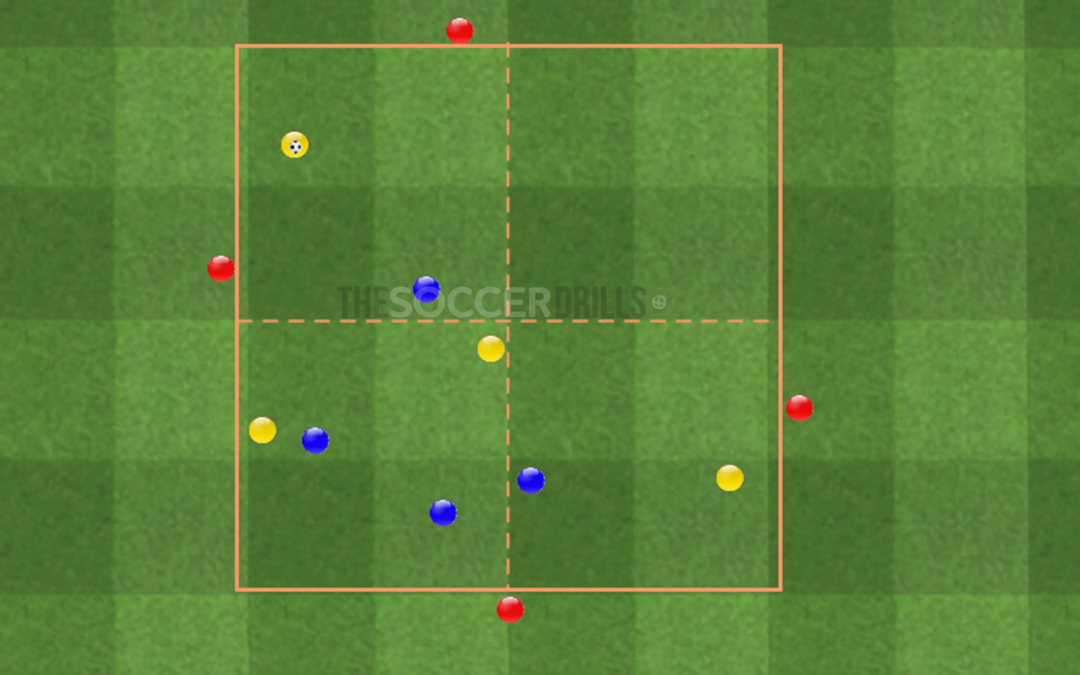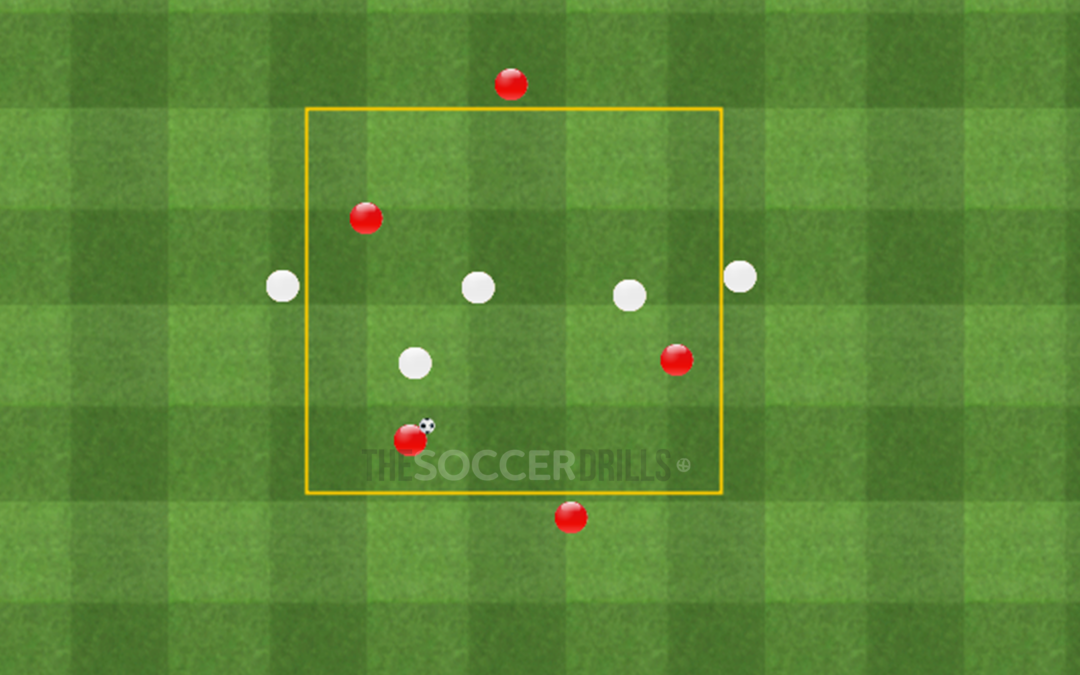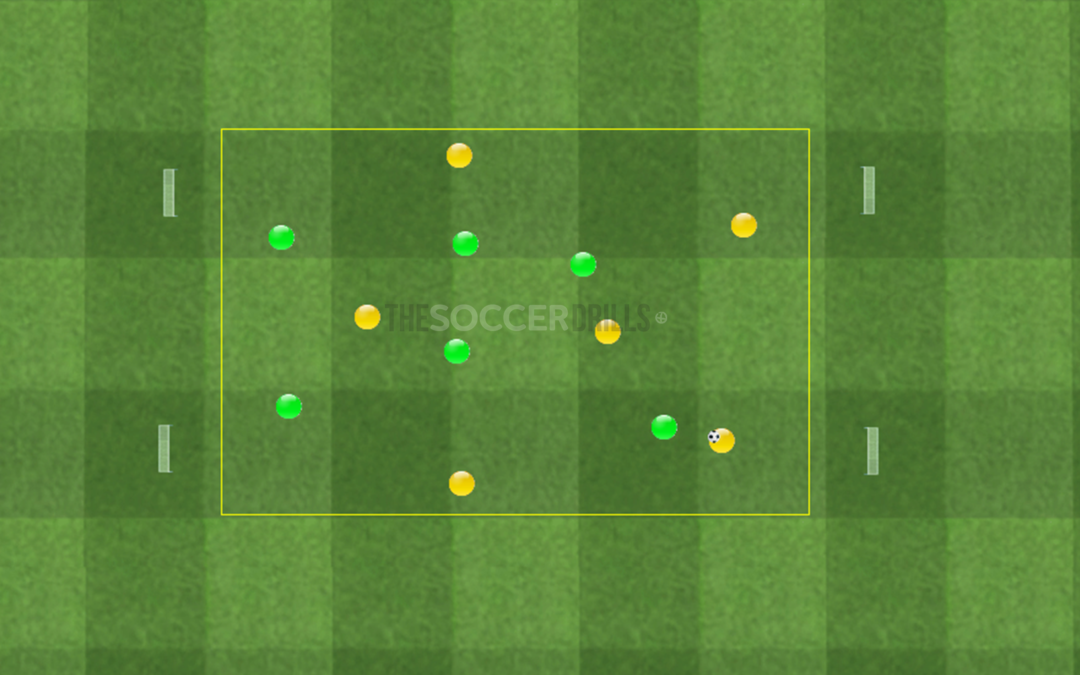
Offensive transition with the free man.
When we win the ball back when defending a team which presses us after losing the ball, we will need to connect with the free man playing behind the rivals’ back.

When we win the ball back when defending a team which presses us after losing the ball, we will need to connect with the free man playing behind the rivals’ back.

There are teams that, while they play they get out of shape constantly. With this drill you would be able to improve the offensive tactical balance.

Once the ball is won back, the first option that all the coaches like is to try to move up the field and to try to benefit from the possibility of a defensive imbalance. Let’s practice it.

To control the game pace we need the players to dominate the offensive tactical principals of delaying, change of pace etc.

When winning the ball back, we take it out of a pressing zone, we reorganize and we try to break a defensive line. All of this with the need for a a good body shape to advance on the field.

To be fast but not rushing! This is a provocation rule which will improve the decision making in order to adapt the pace and the game speed.

To attack a team that has already came back in shape and uses the counterattack as their way of attacking. High level of learning in vigilances and in offensive and defensive transitions.

Individual challenges and basic offensive and defensive micro-associations

The fact of facing offensive freedom (continuous decision making) to two defensive lines will develop multiple defensive tactical concepts

To get quickly to the player with the ball will help us winning the ball back easier. To do this, we will need to be good at defensive vigilances. We will practice them constantly in this drill.